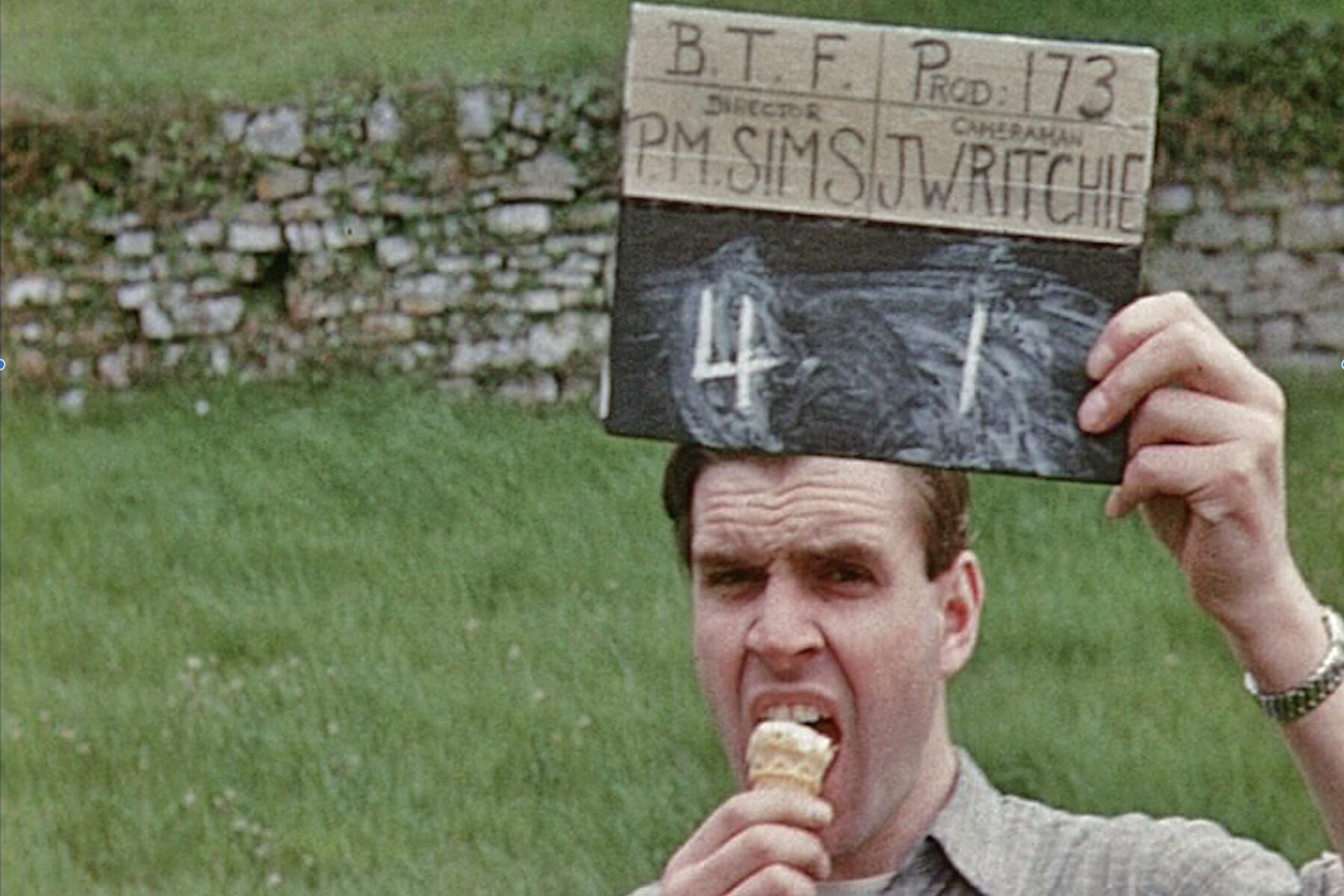Conception of a new lighting technique
Watkin conceived of the idea for a new light which would tackle the problem of light falloff during night shoots. Because of the inverse square law, light from even moderately strong sources starts to fall off fairly quickly as the subject walks away from the light source. Therefore films shooting at night had the problem of trying to hide light sources in places which would be out of shot but maintain a fairly constant level of illumination over any amount of distance (and thus not indicate a large lamp as a light source). His solution was to build a large array of tightly spaced Fay lights in a 14 x 14 square (196 lights total), which was then elevated 150 feet (46 m) high on a cherry picker placed roughly a quarter of a mile away. Due to the long distance between the light and the actors and the high luminescence of this light array, the actors could walk across long distances without the intensity of the light hitting them seeming to vary. Subsequently, the array was named the “Wendy-light” in his honour — Watkin, who was gay, used the camp name “Wendy”. Wikipedia Entry




2 Replies to “David Watkin’s Innovative ‘Wendy’ Light”